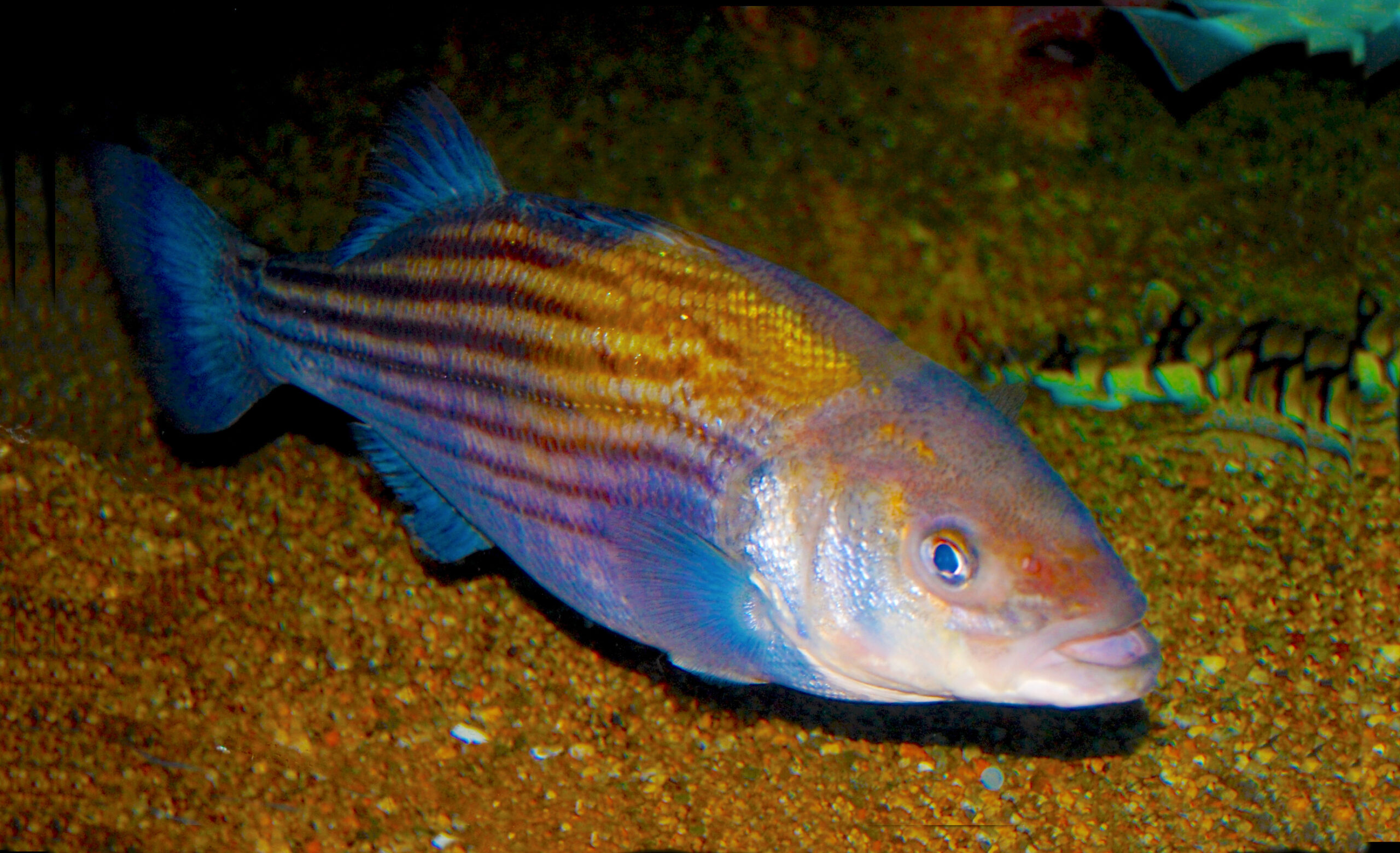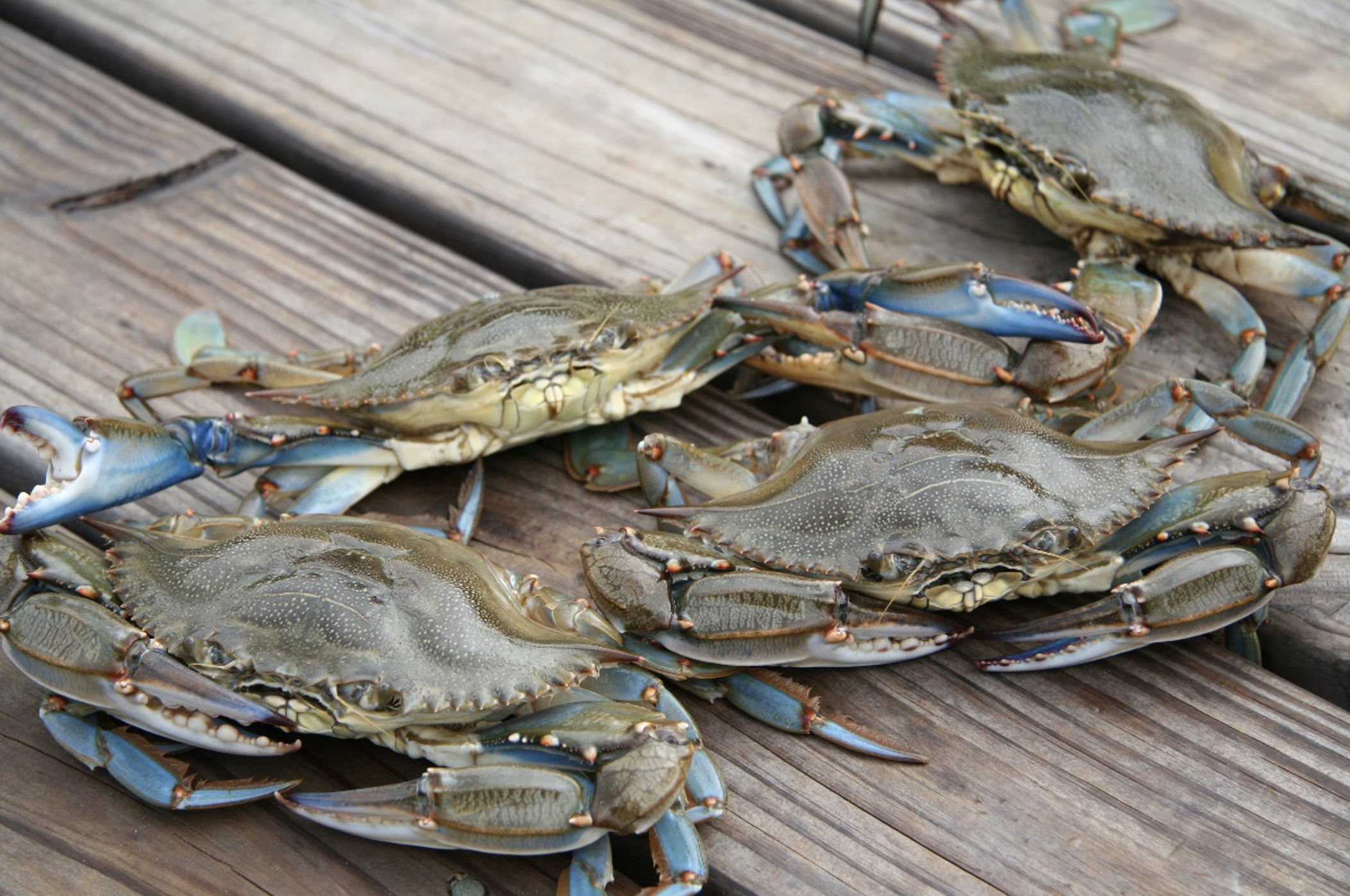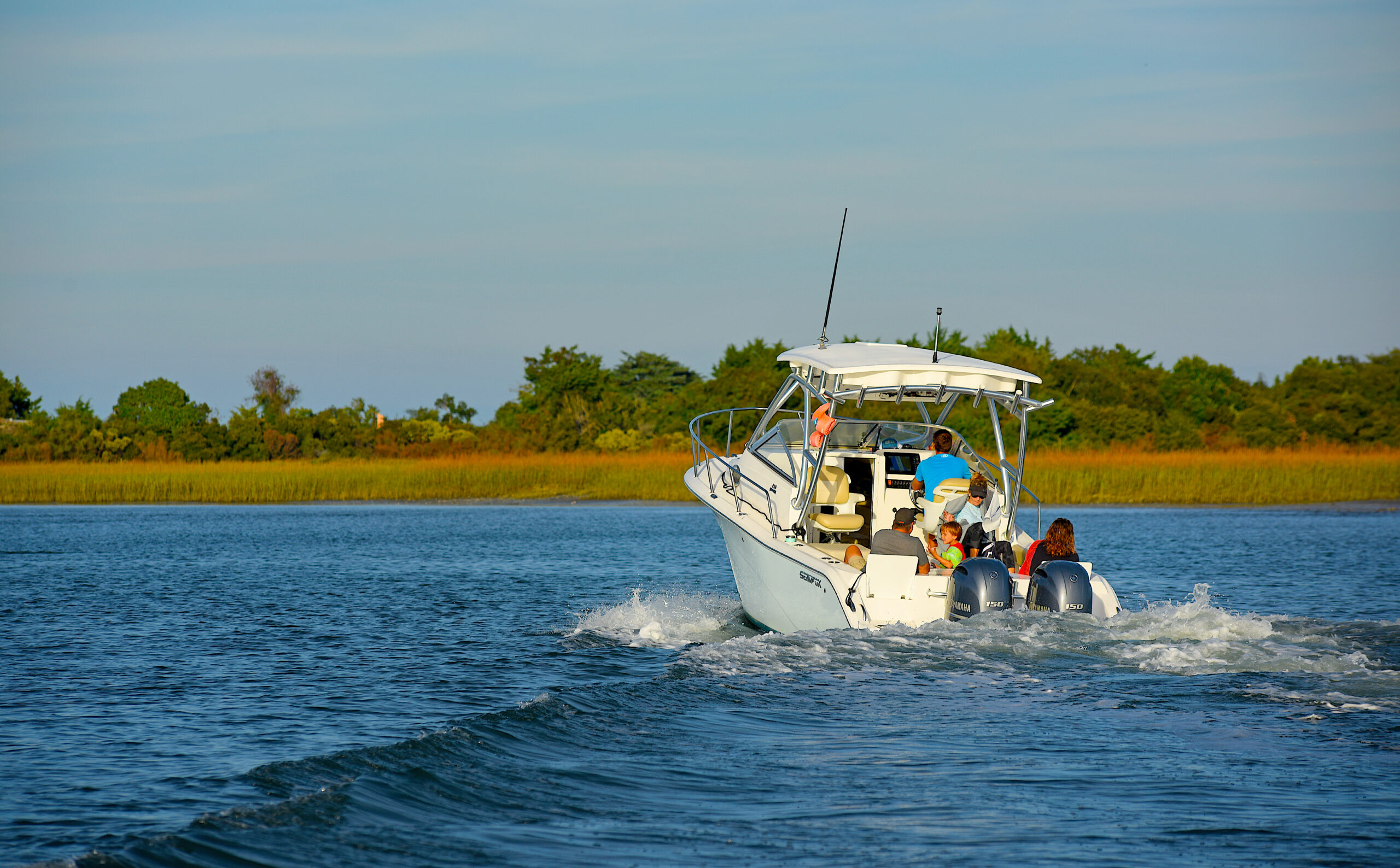Why Should We Restore Rivers?

The Cape Fear River Partnership has been a collaborative success, benefiting fish and people.
Healthy coastal ecosystems are the foundation for life along the coast. However, coastal development, current land-use practices, and other human activities are contributing to lower water quality, as well as to the degradation of aquatic and terrestrial habitat for fish and other species.
As a fisheries specialist, I forge partnerships between university researchers, natural resource managers, and the fishing public — commercial and recreational — to generate information and guide habitat restoration for fish. This, in turn, supports the local communities that rely on those habitats for clean drinking water, flood and storm protection, and industries like boating, fishing and tourism.
One great example of this type of collaboration is NOAA’s restoration of the Cape Fear River by establishing the Cape Fear River Partnership.
What was the challenge?
Some fish species (called “anadromous”) travel considerable distances between distinct habitats for spawning purposes. Man-made barriers — such as dam and culvert construction, water withdrawal, channelization and stream bank modification, and shoreline erosion — can obstruct fish movements and affect water flow and quality.
Here in North Carolina, the Cape Fear River serves as critical habitat for several anadromous fishes. American shad, river herring, Atlantic sturgeon, shortnose sturgeon and striped bass spend most of their lives in the ocean but return to the river’s freshwater streams to spawn.
The Cape Fear River’s once-thriving populations of migratory fish have sharply declined. Pollution from agriculture and development has led to unhealthy water quality, and dams and other barriers block fish from migrating to the upstream areas where they reproduce.
Declining fish populations have resulted in moratoriums and fishing restrictions for river herring, striped bass, and American shad. Both Atlantic and shortnose sturgeon are endangered species.
How did they address the problem?
In 2011, NOAA’s Office of Habitat Conservation formed the Cape Fear River Partnership. The project aimed to eliminate fish passage barriers, reconnect freshwater streams and wetlands, and restore the native plant community.
What were the results?
Eight years later, the Cape Fear River Partnership’s efforts have resulted in nursery habitat for migrating fish, as well as resting and dabbling habitat for waterfowl. The partnership also has created opportunities for passive wildlife-oriented recreation and education for the community.
Summary compiled by Sara Mirabilio
Photo: Striped bass, courtesy of Steven G. Johnson / CC BY-SA 3.0
The text from Hook, Line & Science is available to reprint and republish, but only in its entirety and with this attribution: Hook, Line & Science, courtesy of Scott Baker and Sara Mirabilio, North Carolina Sea Grant. HookLineScience.com
- Categories:



